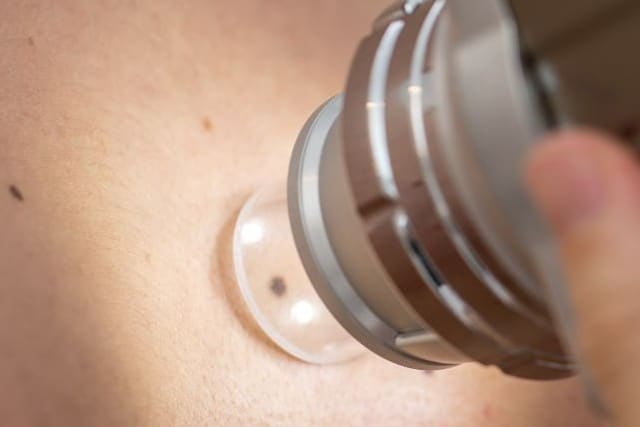
Patients who have been diagnosed with skin cancer may be told by their dermatologist that one of the best options for treatment is that of Mohs micrographic surgery. Mohs is a procedure that is often recommended to patients who have recurring cases of cancer or skin cancer that develops on a highly visible portion of the face or body. This is not only due to the fact that it keeps as much healthy tissue as possible in place for less scarring, but because it has one of the highest cure rates.
What is Mohs micrographic surgery?
The team at Harris Dermatology describes Mohs micrographic surgery as a specialized treatment for skin cancer. This procedure is performed by a trained professional who has years of experience and training in offering this unique treatment for skin cancer. During the procedure, sections of the skin are removed layer by layer, evaluating each for skin cancer cells to provide the most conservative treatment. Some cancers can run deep within the skin, so traditional excision may not provide full removal. Using the Mohs technique, patients can rest easy knowing they will experience the lowest rate of recurrence and the best cosmetic outcome. In addition, the high cure rates make it one of the best options for skin cancer removal!
What to expect from Mohs micrographic surgery
The procedure used to remove nonmelanoma skin cancer via this method starts with local anesthetics to numb the area. The doctor than removes very small portions of skin tissue and evaluates it to ensure all areas are free from skin cancer cells. Once complete, the area is sutured and the patient is given aftercare instructions to follow closely.
Have you received a diagnosis of skin cancer?
Now is the right time to speak to the dermatological team at Harris Dermatology to discuss your needs. Drs. Brian A. Harris, H. Ross Harris, and Keith A. Harris are here to help patients of the Naples and For Myers, FL area. Call one of our two office locations to get started learning more about the care needed following a nonmelanoma skin cancer.

